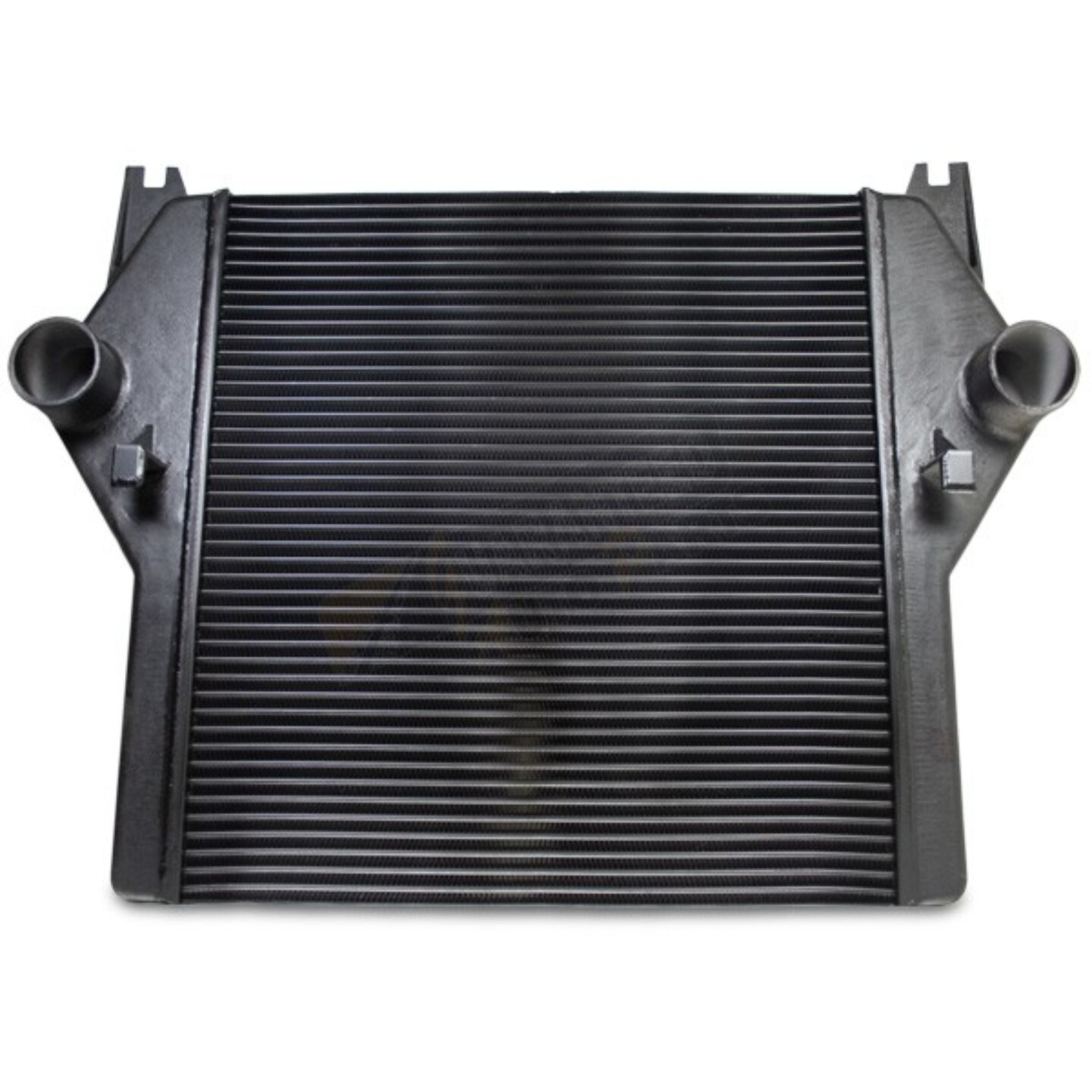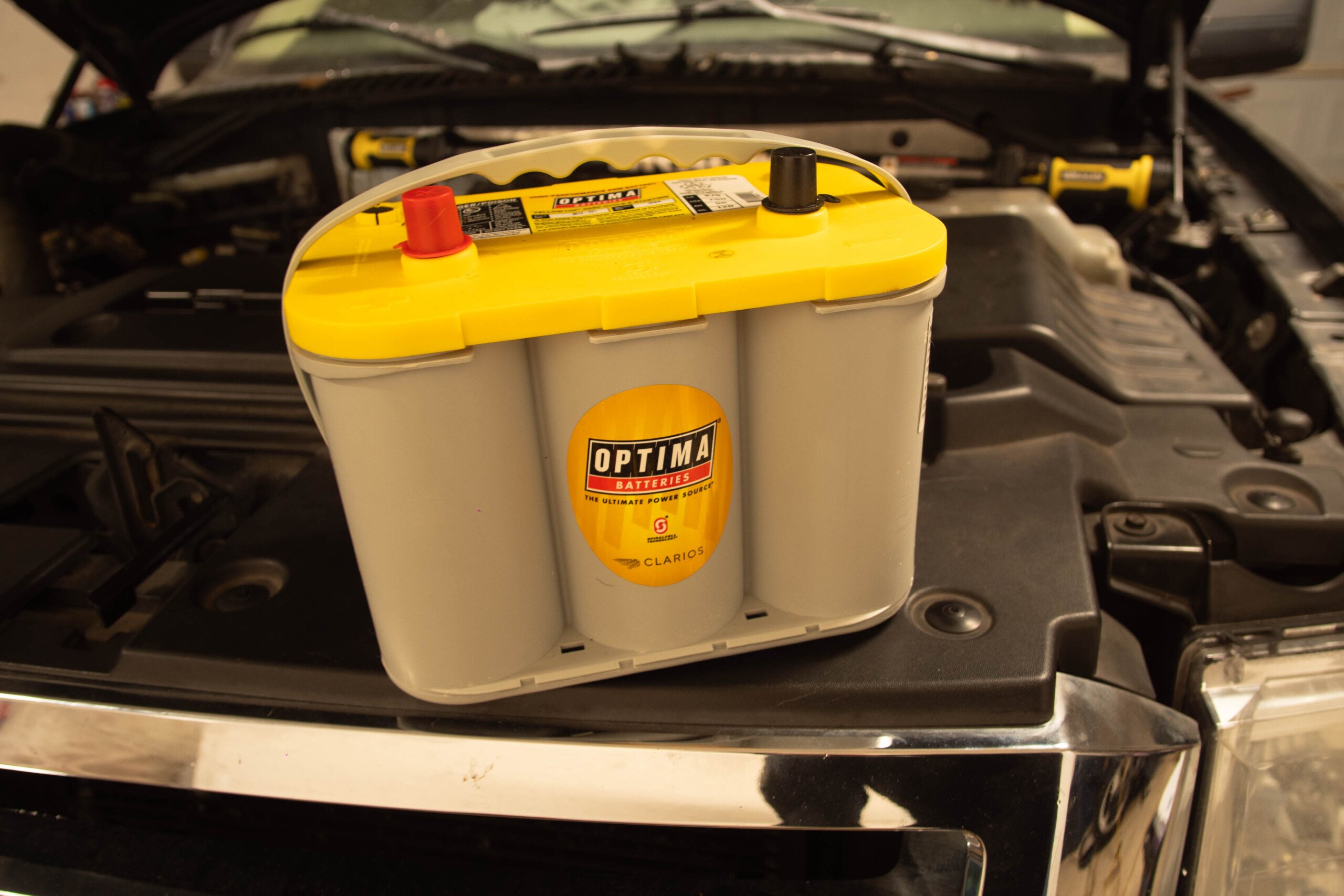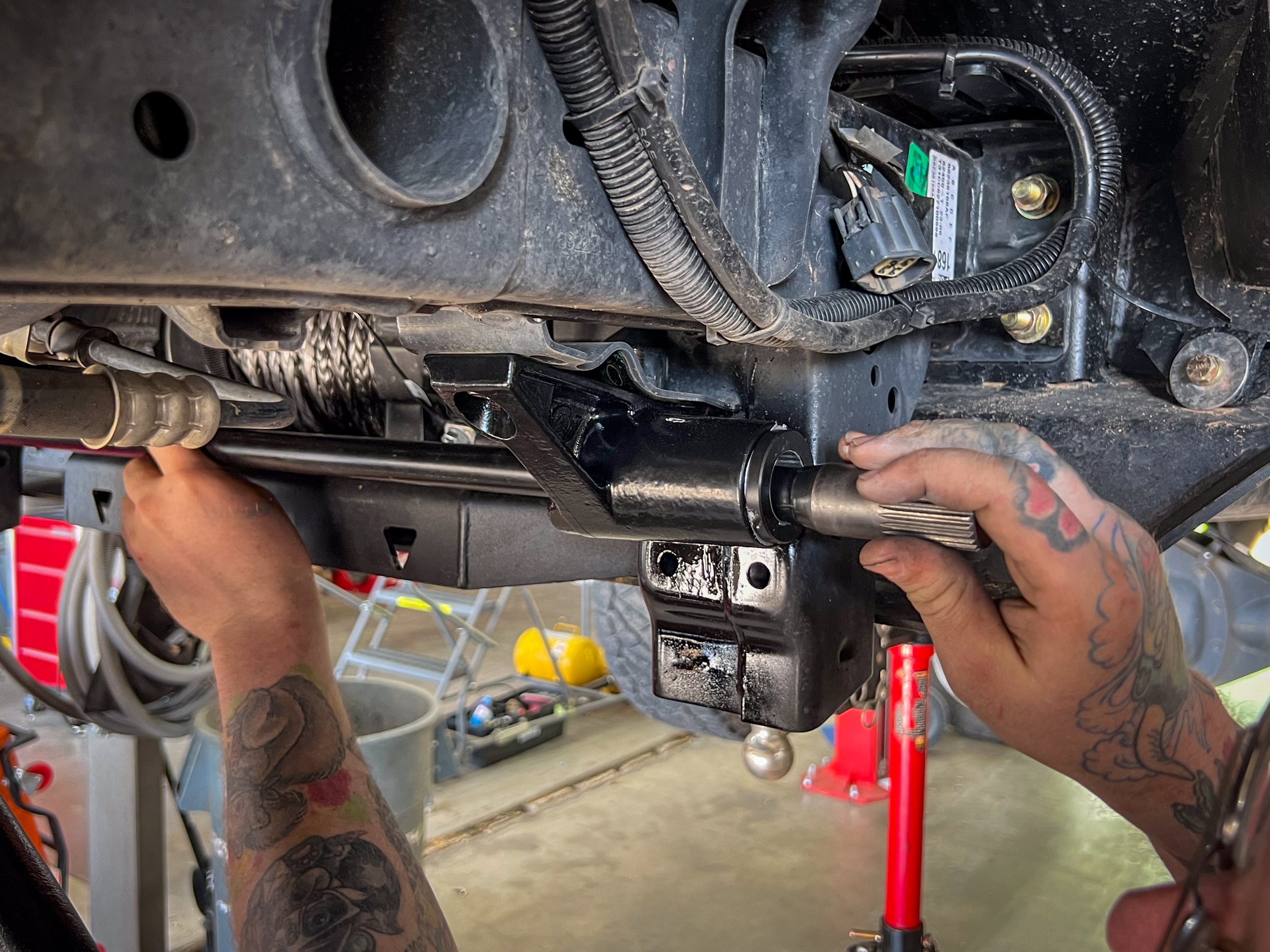In the world of diesel pickups, performance enhancements have become a way of life for enthusiasts seeking to extract more power and efficiency from their vehicles. Among the array of aftermarket modifications available, adding a bigger intercooler has gained significant attention. The debate surrounding the ideal intercooler size and its impact on performance has fueled discussions among truck aficionados. In this article, we delve into the intricate world of intercoolers and diesel pickups, addressing the “bigger is better” notion, the relationship between intercooler size and boost pressure, and the potential synergies with other aftermarket components.
The Bigger Is Better Assumption
It’s a common belief that installing a larger intercooler will inevitably lead to improved performance. However, like many automotive myths, this assumption is not always accurate. The effectiveness of an intercooler isn’t solely determined by its size; other factors such as design, material, and installation play crucial roles. While a larger intercooler can theoretically dissipate more heat and offer better cooling capacity, it might not always translate to increased performance gains. There’s a balance to strike between size and efficiency, as an excessively large intercooler can lead to more significant pressure drop and increased turbo lag.

If there is anyone out there looking to optimize the performance of our diesel trucks, it is Pusher Intakes.
Intercooler Q&A With A Master Of The Craft
Recently, we linked up with Jacob Allenbaugh, owner of Pusher Intakes. Pusher Intakes is known for producing a range of products designed to enhance the performance and efficiency of diesel engines, including intercoolers, intake systems, and other related components. What better person to have this discussion with, right?
Diesel Army (DA): Let’s start with the basics. What are the two primary factors that truck owners should consider before even thinking about an intercooler upgrade?
Jacob Allenbaugh (JA): The two fundamental factors to consider before delving into an intercooler upgrade are temperature drop and pressure drop. These elements play a crucial role in the performance of your diesel truck.

Although they may look similar to factory units, upgraded intercoolers definitely increase performance.
DA: Could you explain the importance of temperature drop in this context?
JA: Certainly. When a turbocharger compresses air to increase its density, it also heats up the air significantly in the process, a fundamental law of physics. The primary function of an intercooler is to rapidly cool down this hot compressed air, thereby increasing its density even further. It’s important to note that most diesel trucks rely on ambient air to cool this compressed air. As a result, the ideal scenario you can expect is air exiting your cooler and heading to your engine.
DA: How can truck owners assess the effectiveness of their intercooler in terms of temperature drop?
JA: A straightforward method is to monitor your Intake Air Temperature (IAT) sensor readings. Most modern trucks come equipped with an IAT sensor, and you can use a monitor like the Edge CTS or a similar device to read this data from your OBD-II port. If your IAT is within 10 degrees Fahrenheit of the ambient temperature while you’re cruising, it indicates that your power and intercooler are well-matched. In such cases, upgrading your intercooler may not yield significant gains. It’s important to consider IAT sensor placement; trucks with sensors in the cold side charge tube close to the intercooler are ideal for accurate readings.
What Is Pressure Drop And Why Should I Care
DA: Moving on to pressure drop, why is it a critical factor to consider when adding a bigger intercooler?
JA: Measuring pressure drop is essential because it helps gauge the efficiency of your intercooler. When air enters the intercooler, it’s at a higher pressure than when it exits. A larger drop in pressure indicates greater restriction, which can hinder overall performance.
DA: How can truck owners analyze pressure drop, and what’s an ideal pressure-drop value to realize?
JA: Analyzing pressure drop can be done by installing pressure sensors in the hot and cold side charge tubes, but this often requires significant modifications that many owners are not willing to undertake. Alternatively, I recommend researching the manufacturer’s intercooler data and looking for pressure drop numbers. Ideally, you should aim for a pressure drop of 1.5 psi or less.

When considering intercooler upgrades, there are a ton of aftermarket upgrades up for grabs that will work in conjunction with a better intercooler.
DA: Are there any specific model years or types of vehicles that come equipped with inherently better-sized intercoolers from the factory?
JA: Yes, certain vehicle models, particularly some of the early Dodge/Cummins trucks, are well-equipped with intercoolers that offer substantial cooling capacity. For example, at Pusher, we’ve achieved over 750 rear-wheel horsepower using the stock Dodge intercoolers found in the 2003-’07 trucks while still maintaining ambient outlet temperatures. It appears that older trucks had ample capacity compared to newer ones that are often close to their maximum capacity from the factory.
DA: If a truck owner decides to upgrade their intercooler, what size considerations should they keep in mind?
JA: When upgrading, the general rule of thumb is that bigger is better. A larger intercooler provides more surface area for heat transfer and more space for air to flow through, resulting in lower temperatures and pressure drops. However, it’s crucial to be mindful of potential conflicts with other components in the engine bay, as going too big can lead to fitment issues. Research the installation process thoroughly, especially in relation to other aftermarket upgrades you may be considering. Fitment is key to ensuring a successful upgrade without causing long-term headaches.
Intercooler Synergy With Aftermarket Parts And Fitment
Improving intercooler performance isn’t solely about size. An aftermarket intercooler should ideally be part of a comprehensive upgrade plan that includes complementary modifications. For instance, upgrading the exhaust system, installing a high-flow air intake, and optimizing the engine’s tuning can work with a larger intercooler to maximize gains. These upgrades ensure the engine is breathing efficiently, the turbo is operating optimally, and the intercooler isn’t a bottleneck in the overall system.
Boost Pressure Considerations
The relationship between volume and boost pressure is intricate. A larger intercooler can potentially lead to a drop in boost pressure due to increased volume and airflow path length. However, modern turbochargers and engine management systems are designed to adapt to these changes. Manufacturers often tune their engines to maintain target boost levels even with various intercooler sizes. Additionally, the reduced heat soak provided by a larger unit can lead to better engine efficiency, allowing for more consistent power delivery.
In the realm of diesel pickups, the “bigger is better” assumption surrounding intercooler size isn’t a one-size-fits-all truth. Performance gains are influenced by a myriad of factors beyond size, including vehicle usage, intercooler design, and the presence of other aftermarket modifications. Enthusiasts should approach intercooler upgrades with a holistic perspective, considering the interplay between components and their intended use. Whether it’s city cruising or heavy towing, finding the right balance between intercooler size, other upgrades, and the engine’s capabilities is key to unlocking the true potential of a diesel pickup’s performance.




